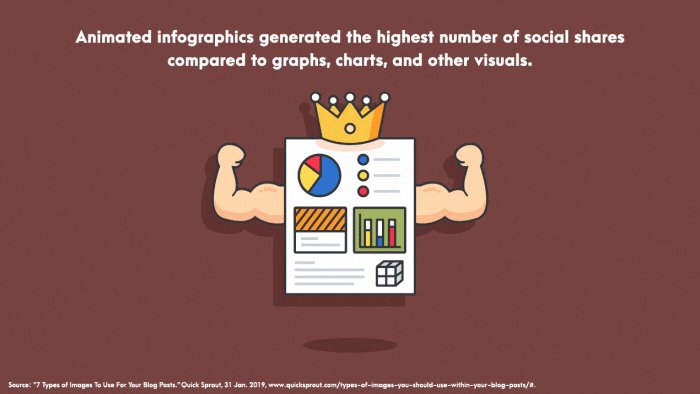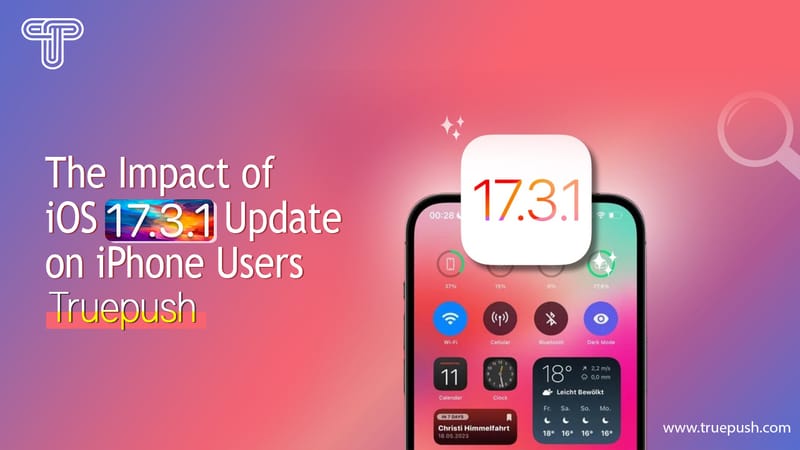Is it true that you are experiencing difficulty captivating new users to your blog? If you are reading this you must have gone through the struggle of creating content that has low engagement rates.
Creating content is easy. But, creating engaging content is not.
Do you feel overwhelmed by the blogosphere competition? Are those once-cheerful measurements fading and indicating miserable and bad engagement?
The principal question you ought to ask is, “where am I mistaken?”
Unquestionably, nobody would want their site to lose traffic, and seeing all the efforts to create content go in vain. And, likewise implies that you need to make sure, your content commits to increased engagement in terms of traffic, time spent on site, shareability on social handles, conversions, and more.
The motivation behind this article is to assist you with making quality content that engages your visitors for the long run. Think of content marketing as an umbrella term that contains various pre-requisites to consider and various KPIs to track after that helps you analyze your content strategies. And, with no doubt, content plays the core role here.
What do you consider to be engaging content?
To put it simply, content that prompts a reader or a user to take a certain action is engaging content.
Building a dedicated reader base is one of the most important factors for content and the adage “quality writing is everything” would still be applicable here. No matter the best of the world content strategies, if your content is not making people read further, then neither your strategies would.
Here are few insider facts on the best way to build engaging content that should keep your readers and users snared and bring them back to your site.
Content diversification
Probably the most straightforward approach to pull readers to your content is to not adhere to one kind of medium.
One single content format does not fit into your reader’s shoes every time. What if your readers couldn’t view their devices and prefer to listen to a podcast? And, you don’t have one! In fact, podcasts alone are expected to have 112 million listeners by 2021.
This implies that in case you’re accustomed to composing text-based content, you need to begin fluctuating it in different formats.
For example, create pictures that explain your message, make videos that talk to your users, infographics that make your readers analyze and grasp important information and recordings they’d like to hear, and so on.
Ever noticed how while doing the basic research on the internet, you prefer to skim over an infographic or an image? You’d probably run from reading long-form blogs in this scenario.
It saves time. Simple. And, visuals manage to grab the attention relative to the text format.
Nobody likes the same boring approach, right?
On the contrary, The most simple infographics can be transformed into 1000 words or more when you essentially attempt to clarify the messages that the infographic is trying to pass on. You see how content varies as a medium!
Check out these different types of content you can create.
Each content type serves a different set of audiences, for example, content like Blogs, Podcasts, Infographics, Webinars works at the “Awareness Stage “ of the conversion funnel while content like Case studies works at the “consideration stage” for the potential lead. The presence of diverse content would engage the audience cohorts that prefer a specific content type, thus, increasing engagement.
In a nutshell, make your content as diverse as you can while not compromising on quality and consistency. Experiment with different mediums and check what brings in the best engagement results.
2. Be Consistent
Look at your favorite blogger. What’s that one reason you stick to their content?
It’s because you very well know they would generate new content frequently and it would be worth the read.
Either, weekly, monthly, and so on, consistency increases your audience’s inclination towards your content assets.
82% of marketers who blog consistently see increased rankings on SERPs.
Set a publishing schedule for your content and stick to it.
3. Go credible with your content
It’s important to let your readers know about whatever you are saying is something that has been researched upon.
The more you want your audience to interact with your content, the more you’d need to put the right stats and links to resources that account for it.
Building credible content is like building trust in your audience. The more trust one builds while interacting with your content, the more likely it is to increase engagement.
Neil Patel makes sure he never misses out on providing supported facts and figures in his articles. Each blog of his links back to the crucial relevant information at the blog’s peripheral level.
4. Focus on Content- Intent
Why and for whom are you creating content?
Is your reader a potential prospect trying to figure out the integration process? Then create an integration guide in a simple formal tone and easy-to-understand steps.
Or, is it someone who has already done the homework and is familiar with your products and the current markets? Then you may focus on putting the detailed stats or comparisons he/she seeks. This is what is considered navigational intent.
Are you focused on increasing conversions? Or, creating brand awareness?
There are different search intent you can consider before building your content. Most importantly informational intent, navigational intent, and transactional intent are considered.
Is your audience looking for some information using search queries? Then, the intent of your content here should be to provide information that a user seeks, i.e., use the informational intent for the content. This is where the important leads are pushed down your marketing funnel.
Most brands have eyes on transactional intent as this is where the final conversion comes through. Usually, it includes triggers like “buy”, “sign up”, “discount”, and “shipping” — directly related to completing a purchase.
Above all, create a story that your audience resonates with, as the art of storytelling will never wane out.
5. Chose the title that prompts you to click
Your audience will click on what intrigues them. Titles are the gateway to the whole lot of content that you create.
If it fails to grab attention, chances are your audience will just pass straight by the door.
Write titles that are not too long. It’s always to your benefit when you create titles that meet your content inside. Tricking your audience with click baits in titles would reduce engagement rates for the long run and above all, you would be compromising with your brand’s reputation in one go.
You can analyze your title using Sharethrough and do experimenting with different titles to ultimately choose the one that has the best score.
For example, I tried the title “How to choose the right title?” in Sharethrough and then the second title as, “What title works the best for your blog?”
To check for the headline quality score, the score for the first title came at 67 and considered as “average” whereas the score for the second heading came at 71 and considered as “above average” by the tool’s benchmarks.
Wrapping up
Creating engaging content is easy. But, creating engaging content requires considerate research, supporting facts and figures, and analyzing all of it.
Creating content is not only limited to creating content, but you are communicating with your audience. Set your tone right and don’t get lost in the pool of jargon.
Add correct resources to your content and make it more credible. Content credibility builds trust in your audience and ultimately the brand reaps the benefits.
Diversify your content as this will cover the wider segments of your audience. The higher the audience reaches, the more engagements.
Tell us what strategy worked the best for you?
________________________________________________________________________
About Truepush
Truepush is the world’s most preferred free push notification service. Currently, powering 25,000+ brands globally and sending 25 billion notifications monthly.
Sign-up to turn your visitors into repeat customers.





